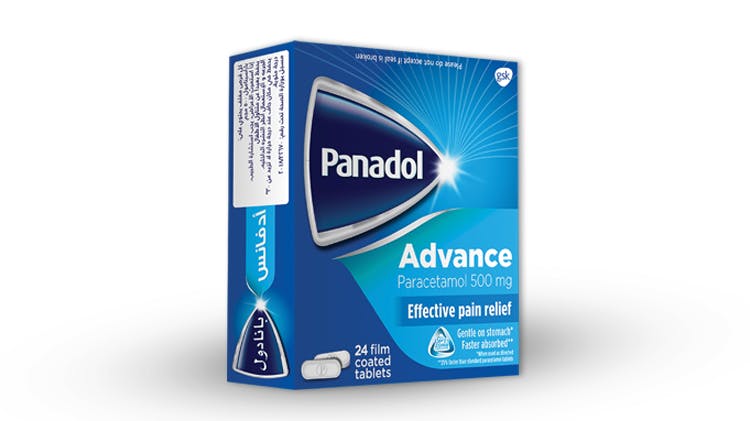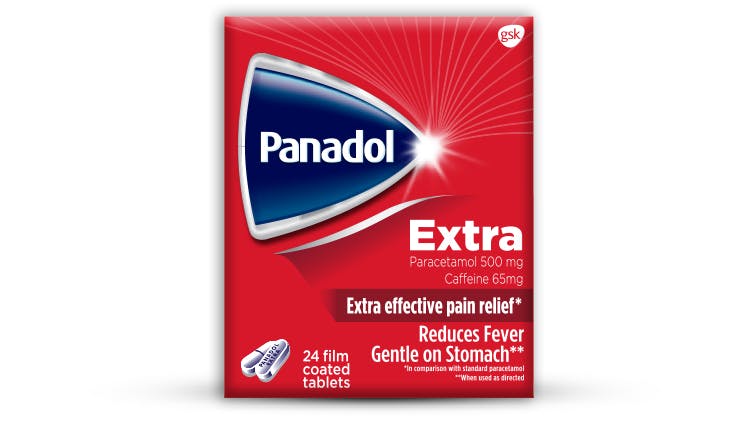Causes of fever

How does fever occur?
Fever occurs when the hypothalamus resets the normal temperature point to a higher level. Though the body is still working to balance the heat produced with that which it releases, since the set-point is now higher, the body temperature rises.1
The increase in body temperature occurs due to various reasons such as release of certain chemicals called cytokines in response to invading microorganisms, cancer cells or any other foreign matter. It is also in response to the body producing white blood cells and antibodies to protect it from the invading foreign matter.2
Common causes of fever

Infectious causes of fever3,4
Any form of infection can cause the body to respond with a fever. These include viral and bacterial infections. Some examples are:
| Viral infections | Common cold Influenza Meningitis Dengue fever Gastroenteritis |
| Bacterial infections | Dysentery Bacterial pneumonia Tuberculosis Skin infections Urinary tract infections Otitis media (ear infections) Eye infections |
Understanding fever
How do they present?
Refresh your knowledge on the signs and symptoms of fever and learn about “red flag” symptoms that indicate a referral to the doctor.
What can you recommend to your patients for fever?
Find out more about both non-pharmacological and pharmacological treatments for fever in both adults and children.
Learn more

Learning module for pharmacists
A useful tool specifically tailored for pharmacists to treat children’s fever and pain using appropriate over-the-counter products.

Panadol Extra
Panadol Extra is recommended for use in analgesic relief of mild to moderate pain and symptoms of cold, influenza, sore throat, feverishness and feverish colds.6
